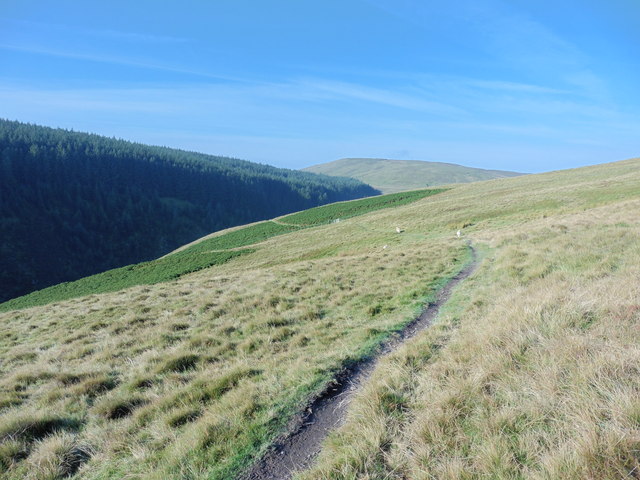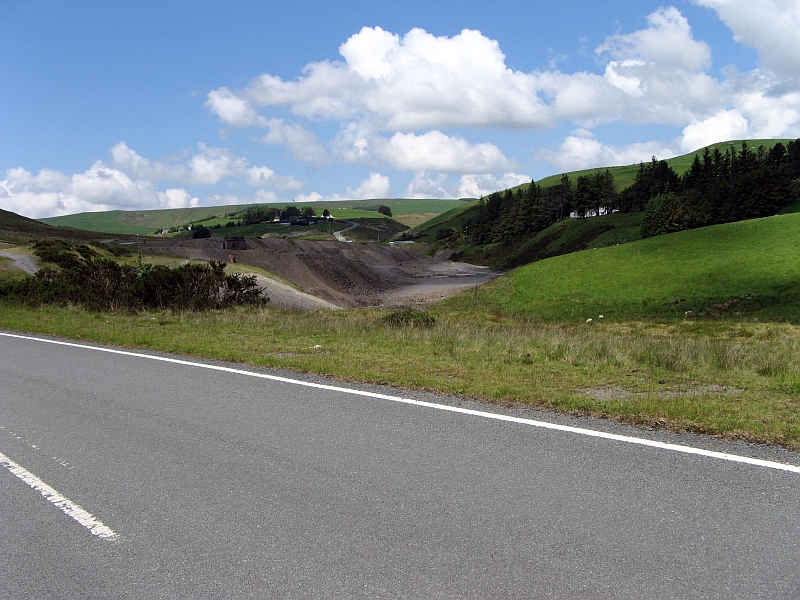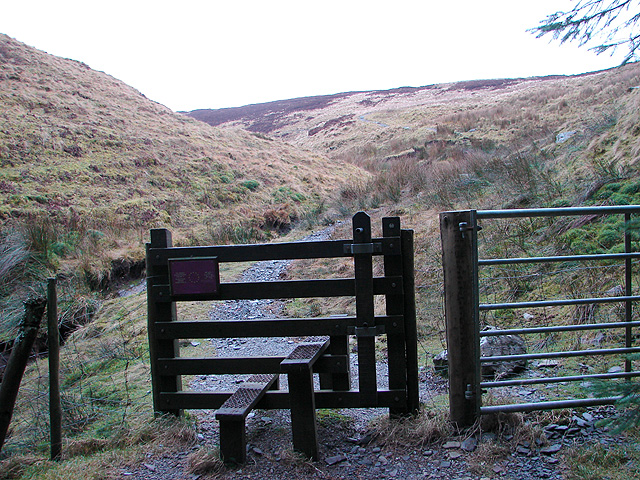Bryn yr Ŵyn
Hill, Mountain in Montgomeryshire
Wales
Bryn yr Ŵyn

Bryn yr Ŵyn, located in Montgomeryshire, Wales, is a prominent hill or mountain that offers stunning natural beauty and a range of outdoor activities. Standing at an elevation of approximately 400 meters (1,300 feet), it provides breathtaking panoramic views of the surrounding countryside.
The hill/mountain is characterized by its distinct peak, adorned with lush greenery and dotted with gorse bushes and heather. It is a popular destination for hikers and nature enthusiasts, who can enjoy the diverse wildlife and flora that inhabit the area.
Bryn yr Ŵyn boasts a well-maintained network of trails, making it accessible and suitable for walkers of all abilities. One of the most popular routes is the circular walk that begins in the nearby village of Llangyniew and takes visitors on a scenic journey up the hill, passing through ancient woodlands and open moorland.
At the summit, visitors are rewarded with breathtaking views of the rolling hills and valleys of Montgomeryshire, as well as distant glimpses of Snowdonia National Park on clear days. The summit also provides an ideal spot for picnics or simply taking in the serene surroundings.
The hill/mountain is situated within a designated Site of Special Scientific Interest (SSSI), due to its ecological importance. It is home to a variety of plant species, including bilberry, heath bedstraw, and tormentil. Additionally, birdwatchers can spot a range of avian species, such as red kites, buzzards, and skylarks.
Overall, Bryn yr Ŵyn offers a captivating and diverse natural landscape, making it a must-visit destination for those seeking tranquility and outdoor adventures in Montgomeryshire.
If you have any feedback on the listing, please let us know in the comments section below.
Bryn yr Ŵyn Images
Images are sourced within 2km of 52.51867/-3.7123317 or Grid Reference SN8392. Thanks to Geograph Open Source API. All images are credited.


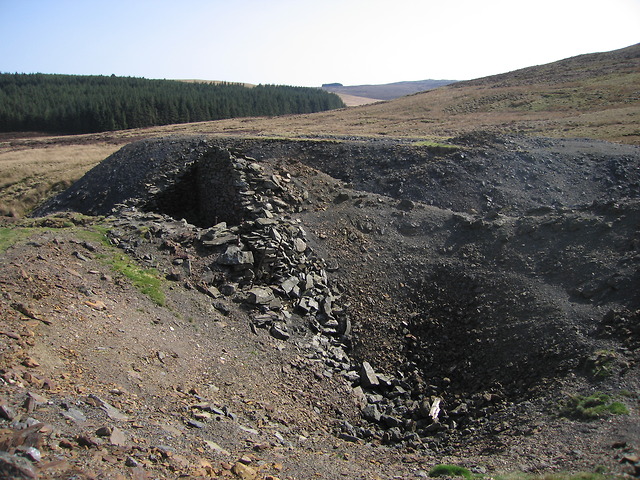


![Cyfartha lead mine - wheel pit This structure once housed a water wheel, driven by water taken from the Nant Ddu (and supplemented by a leat carrying water from the Nant Goch). The power generated here would have been transmitted mechanically to the engine house <a title="https://www.geograph.org.uk/photo/2373240" href="https://www.geograph.org.uk/photo/2373240">Link</a> next to the shaft <a title="https://www.geograph.org.uk/photo/2373243" href="https://www.geograph.org.uk/photo/2373243">Link</a> of the mine a short stretch upstream of the Nant Ddu. The function of the structure attached to the side of the wheel pit <a title="https://www.geograph.org.uk/photo/2373261" href="https://www.geograph.org.uk/photo/2373261">Link</a> is not entirely clear to me at present. It would seem reasonable that the crank driving the flatrod system to transmit power to the engine house would have been housed in it, but I cannot see an opening for the mechanism to emerge from. The wheel pit is listed on the Coflein[1] database <span class="nowrap"><a title="http://www.coflein.gov.uk/en/site/289528/details" rel="nofollow ugc noopener" href="http://www.coflein.gov.uk/en/site/289528/details">Link</a><img style="margin-left:2px;" alt="External link" title="External link - shift click to open in new window" src="https://s1.geograph.org.uk/img/external.png" width="10" height="10"/></span> .
Cyfartha mine is also known as Nantddu mine since most of its buildings are located in the valley of the Nant Ddu. Mine operations at Cyfartha lasted from 1842 to 1881. The ore was mined mostly for its lead and copper content. Cyfartha was an underground mine, with access to the levels through a number of shafts. Power was generated using two water wheels and a horse-powered whim. The water feeding the wheels came mainly from the Nant Ddu, supplemented by a long leat abstracting water from the Nant Goch about a kilometre to the north. Since the water wheels are located lower than the openings of the engine shafts, power was transmitted using a flatrod system, i.e. a series of linked iron rods moving backwards and forwards as the wheel turns (see Wikipedia article on Eylesbarrow mine in Devon <span class="nowrap"><a title="http://en.wikipedia.org/wiki/Eylesbarrow_mine#The_flatrod_system" rel="nofollow ugc noopener" href="http://en.wikipedia.org/wiki/Eylesbarrow_mine#The_flatrod_system">Link</a><img style="margin-left:2px;" alt="External link" title="External link - shift click to open in new window" src="https://s1.geograph.org.uk/img/external.png" width="10" height="10"/></span> for details of the mechanism). For a detailed description of the mine, see Clwyd-Powys Archaeological Trust <span class="nowrap"><a title="http://www.cpat.org.uk/projects/longer/mines/8497.htm" rel="nofollow ugc noopener" href="http://www.cpat.org.uk/projects/longer/mines/8497.htm">Link</a><img style="margin-left:2px;" alt="External link" title="External link - shift click to open in new window" src="https://s1.geograph.org.uk/img/external.png" width="10" height="10"/></span> . Cyfartha mine as whole is listed in the Coflein[1] database <span class="nowrap"><a title="http://www.coflein.gov.uk/en/site/306327/details" rel="nofollow ugc noopener" href="http://www.coflein.gov.uk/en/site/306327/details">Link</a><img style="margin-left:2px;" alt="External link" title="External link - shift click to open in new window" src="https://s1.geograph.org.uk/img/external.png" width="10" height="10"/></span> .](https://s3.geograph.org.uk/geophotos/02/37/32/2373259_813d3492.jpg)



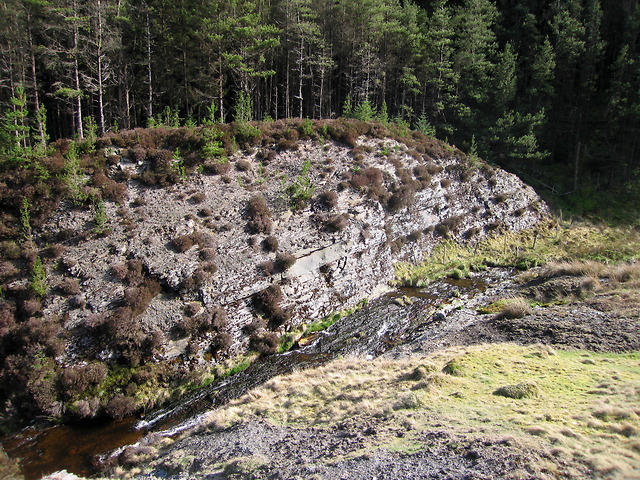
Bryn yr Ŵyn is located at Grid Ref: SN8392 (Lat: 52.51867, Lng: -3.7123317)
Unitary Authority: Powys
Police Authority: Dyfed Powys
What 3 Words
///panics.popping.optimally. Near Staylittle, Powys
Nearby Locations
Related Wikis
Bryn yr Ŵyn
Bryn yr Ŵyn (Welsh for 'hill of the lambs') is a former Dewey in the foothills of Plynlimon between Aberystwyth and Welshpool in Wales. The summit height...
Banc Bugeilyn
Banc Bugeilyn is a hill found in Plynlimon between Aberystwyth and Welshpool in the United Kingdom; grid reference SN826925.The summit is class as a Dewey...
Dylife
Dylife is a former mining settlement in Powys, Wales, located at the head of Afon Twymyn in the Cambrian Mountains, one mile west of the road between Llanidloes...
Pumlumon Cwmbiga
Pumlumon Cwmbiga is a summit of the Pumlumon mountain range in Ceredigion, Wales. It is 620 metres (2,034) feet above sea level and is a deleted Nuttall...
Nearby Amenities
Located within 500m of 52.51867,-3.7123317Have you been to Bryn yr Ŵyn?
Leave your review of Bryn yr Ŵyn below (or comments, questions and feedback).
